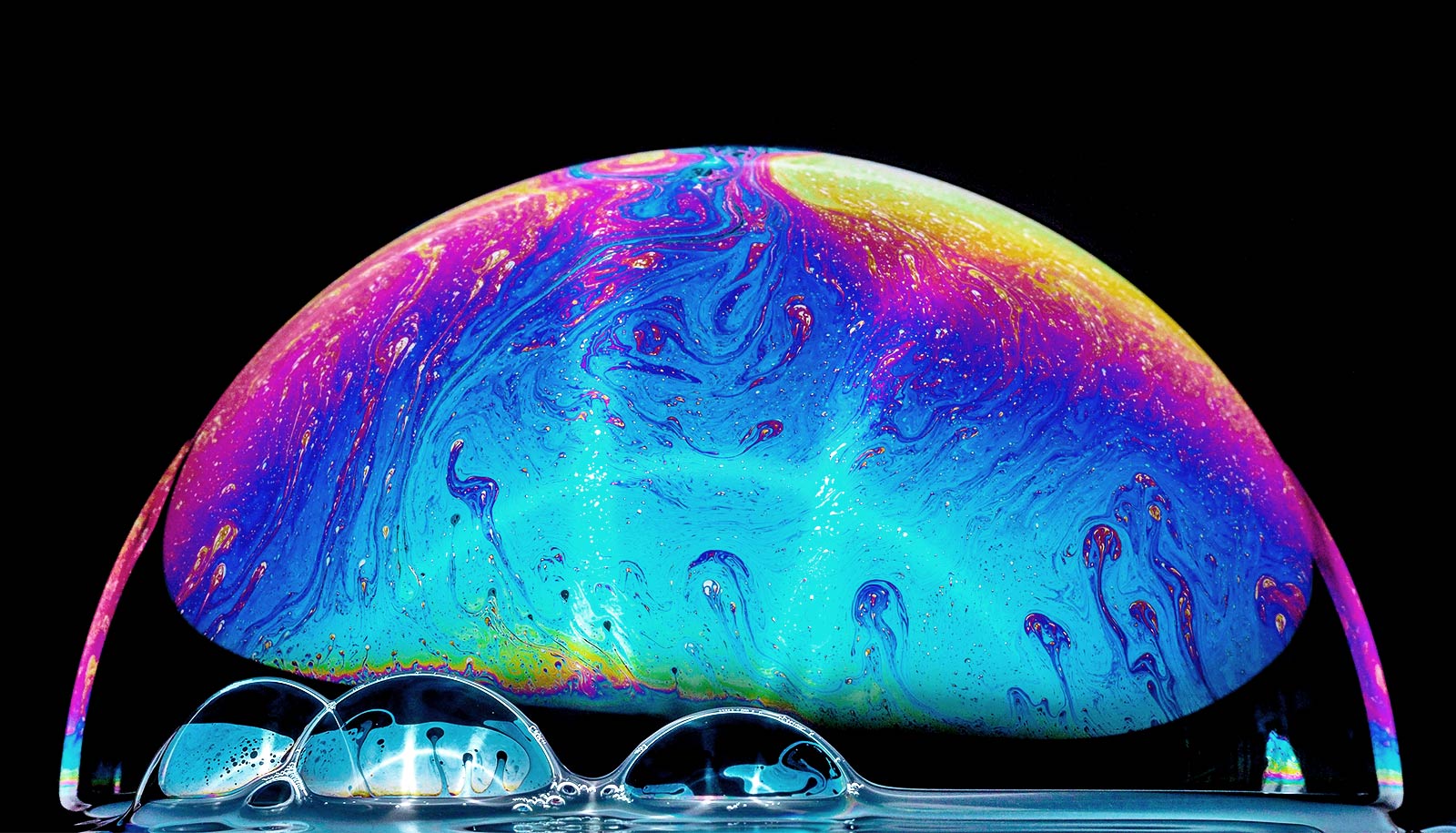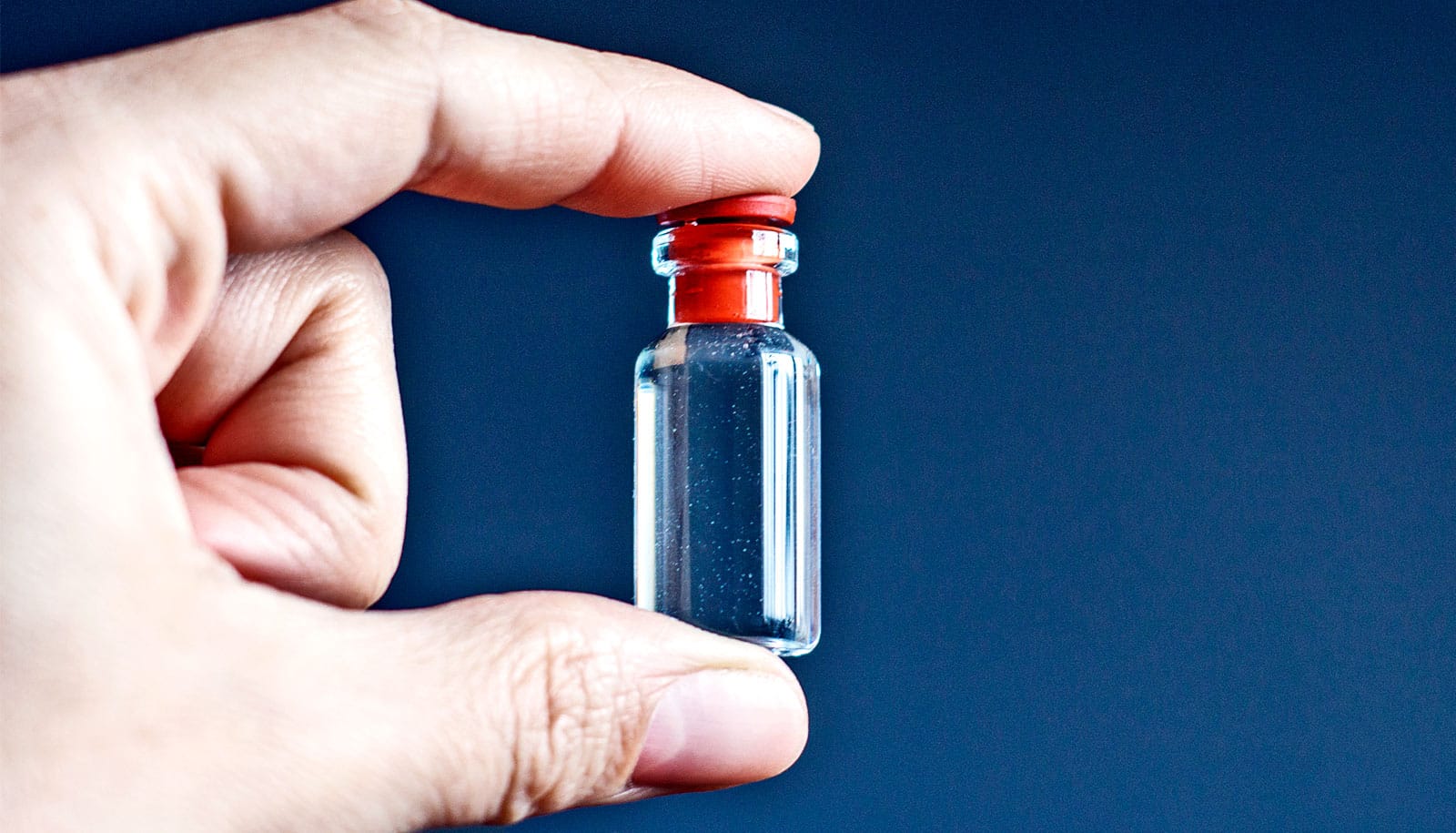The nano-sized bubbles that healthy cells release to transfer genetic material could carry cancer treatments that target and kill tumor cells, researchers report.
“What we’ve done is improve a therapeutic approach to delivering enzyme-producing genes that can convert certain drugs into toxic agents and target tumors,” says lead author Masamitsu Kanada, an assistant professor of pharmacology and toxicology in the Institute for Quantitative Health Science and Engineering at Michigan State University.
The new study, which focuses on breast cancer cells in mice, is published in Molecular Cancer Therapeutics.
These drugs, or prodrugs, start out as inactive compounds. But once they metabolize in the body, they’re immediately activated and can get to work on fighting everything from cancer to headaches. Aspirin is an example of a common prodrug.
In this case, researchers used extracellular vesicles, or EVs, to deliver the enzyme-producing genes that could activate a prodrug combination therapy of ganciclovir and CB1954 in breast cancer cells. Researchers loaded minicircle DNA and regular plasmid—two different gene vectors that act as additional delivery mechanisms for DNA—into the vesicles to see which was better at helping transport treatment. This is known as a gene-directed enzyme, prodrug therapy.
They found that the minicircle DNA was 14 times more effective at delivery and even more successful at killing cancerous tumors.
“Interestingly, the plasmid delivery method didn’t show any tumor cell killing,” Kanada says. “Yet the minicircle DNA-based therapy killed more than half of the breast cancer cells in the mice.”
According to Kanada, this new approach could effectively become a better cancer treatment option than chemotherapy down the road.
“Conventional chemotherapy isn’t able to differentiate between tumors and normal tissue, so it attacks it all,” Kanada says. “This non-specificity can cause severe side effects and insufficient drug concentration in tumors.”
With EVs, researchers can target cancer treatments and because of their compatibility with the human body, this type of delivery could minimize the risk of unwanted immune responses that can come with other gene therapies.
“If EVs prove to be effective in humans, it would be an ideal platform for gene delivery and it could be used in humans sooner than we expect,” Kanada says.
A phase-one clinical trial, separate from Kanada’s work, is set to start soon in the US and will use EVs and a type of therapeutic RNA molecule for the treatment of metastatic pancreatic cancer.
While that trial moves forward, Kanada and his team will continue to further engineer and test EVs, improving their effectiveness and safety so using them as a cancer-fighting gene therapy in humans becomes reality.
The study was funded in part by the National Institutes of Health.
Source: Michigan State University



